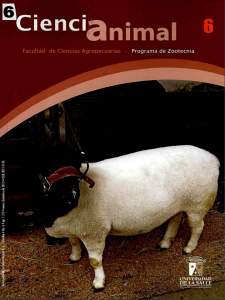Abstract
Anthropogenic activity at Valle del Patía, based primarily in clearing and subsequent agricultural monocultures and cattle ranching in other sites, has dramatically increased the natural fragility of these ecosystems and the declining of production, mainly in beef cattle. Basic information was collected through this research, and tree and shrub species with forage potential for the design and implementation of silvopastoral systems became evident. The nutritional and phenological aspects of the tree and shrub species with forage potential for silvopastoral systems in the studied area were characterized. The methodology was based on bibliographic research of the species present, on-field identification and classification, through keys and the PSO plant collections from Universidad de Nariño and Universidad del Cauca. Bromatological analyses were performed, as well as of nutritional substances (metabolites) in the Laboratory of Animal Nutrition from Universidad de Nariño. It was concluded that tree species guácimo (Guazuma ulmifolia), caña fistula (Cassia fistula), chaya (Cnidoscolus chayamansa), totumo (Crescentia cujete) and vainillo (Senna spectabilis) had significant nutritional value, mainly in terms of protein, which makes them a good forage alternative. Likewise, the low content of metabolites allows their suitable use as forage. In addition, the investigated species provide benefits to the community due to their multiple commercial possibilities for use in medicine, craft and timber, among others.Downloads
Download data is not yet available.



